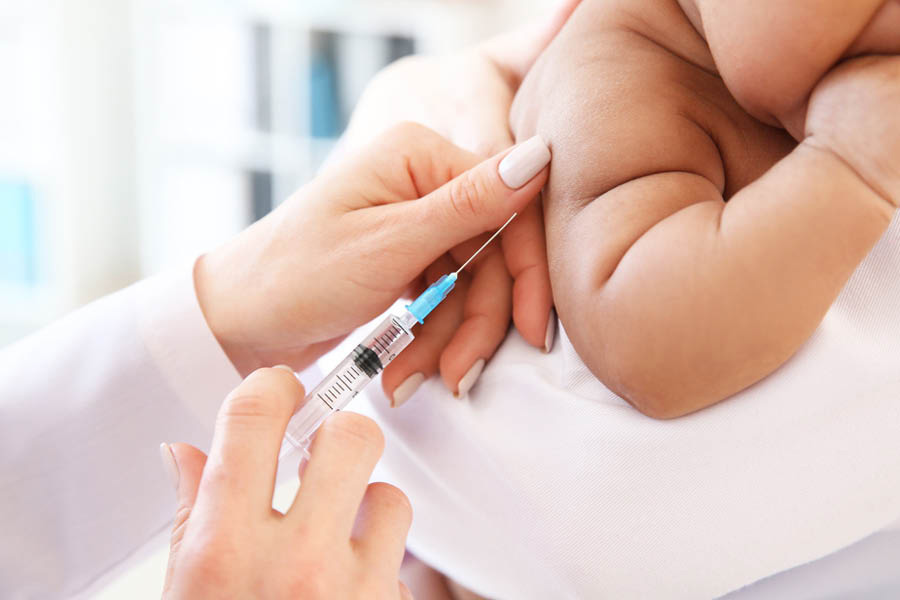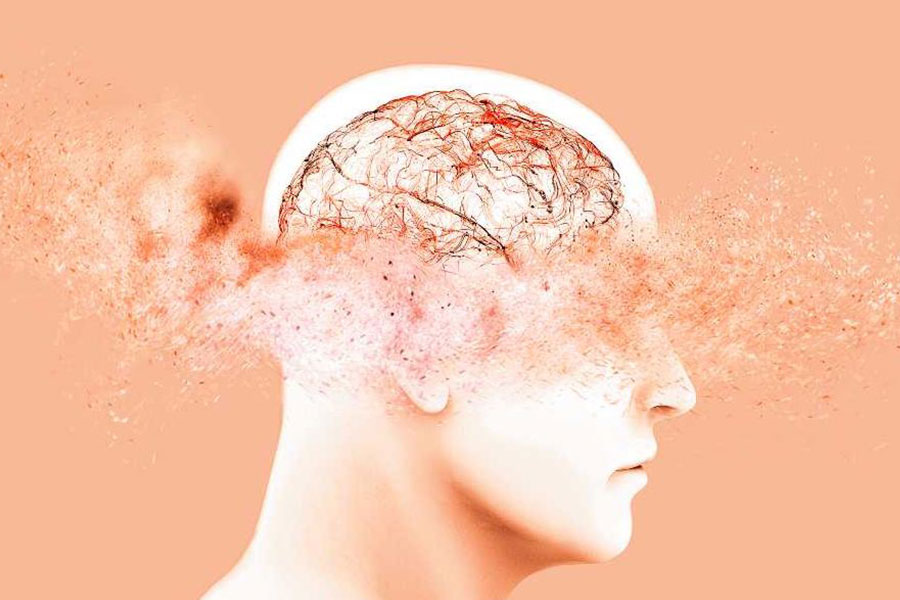I grew up with thalassaemia. Exposed through books, cut-and-dry definitions and professorial lectures on a disease rampant in India, with an epicentre right in the heart of Kolkata, I had become desensitised. Later, when I discovered myself as an asymptomatic thalassaemia minor, my circle of nonchalance was complete.
Until I met Ramendu Homchaudhuri at a Rotary Club get-together on a sultry afternoon a decade ago, somewhere near Sealdah. A master of broken bones, (formally) a renowned orthopaedic surgeon, Homchaudhuri sits on a reputation set in stone. There is not a bone in the body that he cannot open and fix. But, five minutes into our discussion, I realised that this man was more than bones, groans and moans. Here was a doctor who was on a mission, on the bloodhound trail of a disease that curls like burnt smoke from every bend of a Kolkata street, emerges from the slums of the city like an apparition, hides in the gutters and peeks from deserted lanes in between cinema halls. I have seen leprosy from close proximity. This is no better.
Homchaudhuri wanted to end thalassaemia. What caught me was his passion, a fire that seemed seething and sustained. I caught that fire that afternoon and happily sizzled in its glow.
A disease that makes the body crumble and crushes the soul

With an enlarged spleen, shrinking bones and potbellies, the children of destiny affected by thalassaemia are at the mercy of time and non-stop blood transfusions Shutterstock
But let us move on from personal interactions and focus on the disease itself. A disease that is consuming our children, slowly but surely. A disorder involving the formation of haemoglobin, the disease, as the name suggests (from the Greek word thalassa, meaning sea), originated from dwellings around the Mediterranean Sea. With defective haemoglobin creating inadequate oxygen supply and a deepening anaemia that hits almost every functioning organ, we have a recipe that is designed to make the body crumble and crush the soul. With an enlarged spleen (the last, panting defence of a body set to degenerate), shrinking bones and potbellies, the children of destiny affected by thalassaemia are at the mercy of time and non-stop blood transfusions.
But what exactly is the hook?
The hook lies in the deceptive nature of the disease. Simply put, if one parent carries the defective gene, the offspring escapes as a minor with a completely normal lifestyle and expectancies. Yet, if both parents carry the defective gene, there is a strong chance of a child born with a fully disturbed gene, as a thalassaemia major. And if a bone marrow transplant is not in order, agony and death become routine features in a country where suffering is a denouement of both poverty and disease.
If child immunisations can be made mandatory, why not thalassaemia testing?

Genetic testing for thalassaemia should be made as common as immunisation drives across India TT Archives
Wherein lies the solution?
Awareness, awareness and awareness. Awareness that a pregnancy must be preceded with a genetic testing for each partner. Awareness that giving birth to a child meant to suffer due to negligence and ignorance is tantamount to abuse of the worst kind.
The silence of the administration vexes me. The silence of the medical fraternity is even more deafening. Some silences verge on immorality. A nauseating stagnation that makes no moral or pragmatic sense. Inevitable questions tumble forth: Why can genetic testing not be made compulsory? Why do we not have a firm governmental policy to implement such measures? If child immunisations can be made mandatory, why not thalassaemia testing? Why are hundred more Homchaudhuris not pounding the streets of Kolkata?
Maybe it is the proverbial pushback. One cannot thrust compulsion on the personal choices of the citizens. To that, I say: What is more essential? Life or liberty?
Perhaps, more importantly, is there a candle in the wind?
The answer is a resounding yes, for hope has always been the harbinger of any breakthrough. Hope that society will eventually feel the pain of the suffering children and seek the necessary policies. Hope that the passions and pledges of a few caregivers will spill over and turn into a meaningful force. Hope that as repeatedly seen in history, that force will become a movement through the hands and minds of the powerful, compassionate and relentless.
Dr Shuvendu Sen, born and brought up in Kolkata, is a US-based physician currently serving as the vice chair, Research, at the Jersey Shore University Medical Center, New Jersey. An award-winning physician and author, his works include The Fight Against Alzheimer’s (Rupa Publications, 2024), Why Buddha Never Had Alzheimer’s (HCI/ Simon & Schuster, 2017) and A Doctor's Diary (Times Group Books, 2014), among others. Dr Sen can be reached at shuvendusen57@gmail.com


